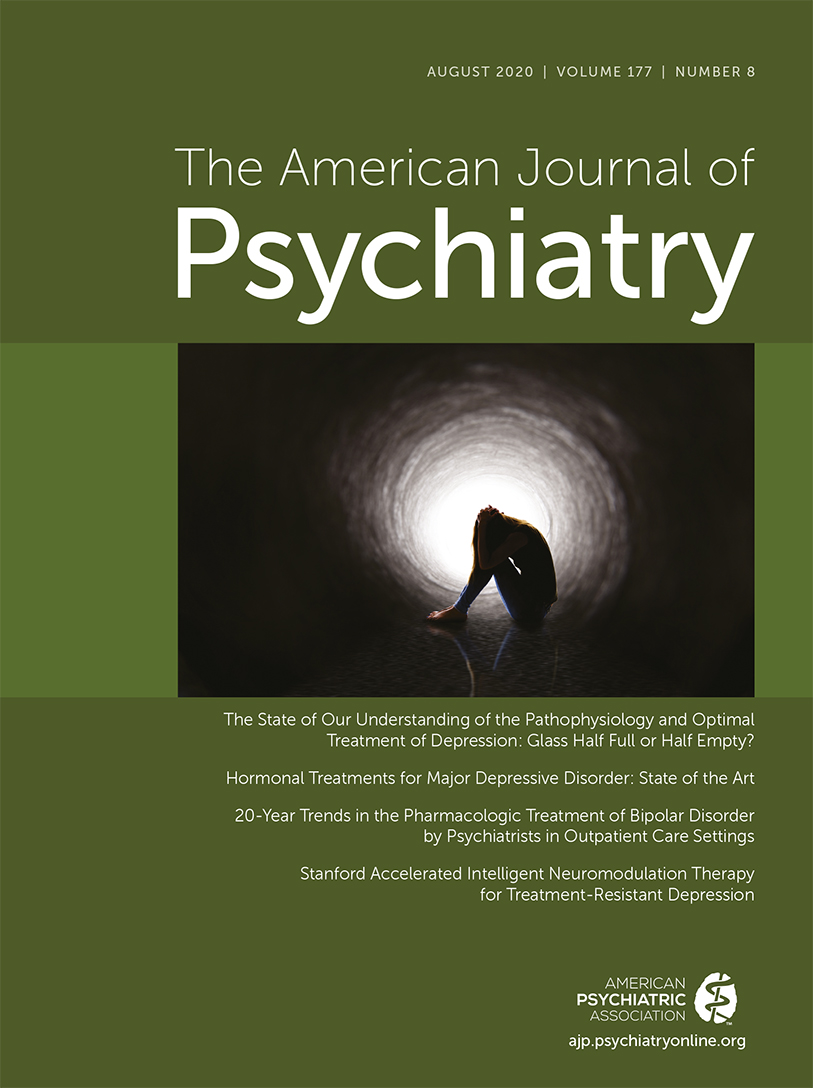Stanford Accelerated Intelligent Neuromodulation Therapy for Treatment-Resistant Depression
Abstract
Objective:
New antidepressant treatments are needed that are effective, rapid acting, safe, and tolerable. Intermittent theta-burst stimulation (iTBS) is a noninvasive brain stimulation treatment that has been approved by the U.S. Food and Drug Administration for treatment-resistant depression. Recent methodological advances suggest that the current iTBS protocol might be improved through 1) treating patients with multiple sessions per day at optimally spaced intervals, 2) applying a higher overall pulse dose of stimulation, and 3) precision targeting of the left dorsolateral prefrontal cortex (DLPFC) to subgenual anterior cingulate cortex (sgACC) circuit. The authors examined the feasibility, tolerability, and preliminary efficacy of Stanford Accelerated Intelligent Neuromodulation Therapy (SAINT), an accelerated, high-dose resting-state functional connectivity MRI (fcMRI)–guided iTBS protocol for treatment-resistant depression.
Methods:
Twenty-two participants with treatment-resistant depression received open-label SAINT. fcMRI was used to individually target the region of the left DLPFC most anticorrelated with sgACC in each participant. Fifty iTBS sessions (1,800 pulses per session, 50-minute intersession interval) were delivered as 10 daily sessions over 5 consecutive days at 90% resting motor threshold (adjusted for cortical depth). Neuropsychological testing was conducted before and after SAINT.
Results:
One participant withdrew, leaving a sample size of 21. Nineteen of 21 participants (90.5%) met remission criteria (defined as a score <11 on the Montgomery-Åsberg Depression Rating Scale). In the intent-to-treat analysis, 19 of 22 participants (86.4%) met remission criteria. Neuropsychological testing demonstrated no negative cognitive side effects.
Conclusions:
SAINT, an accelerated, high-dose, iTBS protocol with fcMRI-guided targeting, was well tolerated and safe. Double-blinded sham-controlled trials are needed to confirm the remission rate observed in this initial study.



